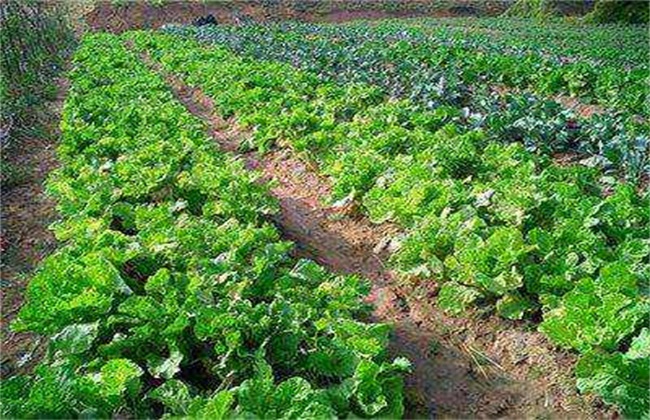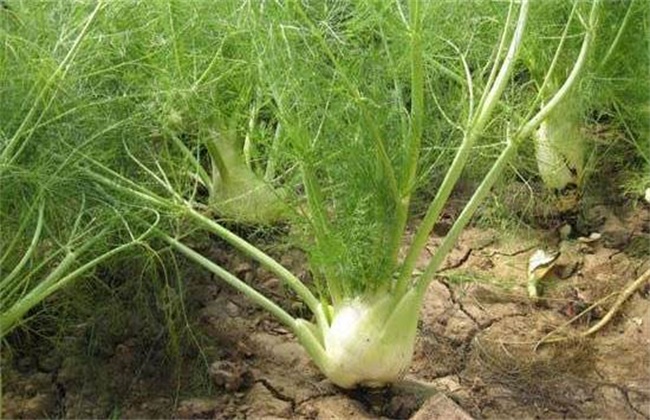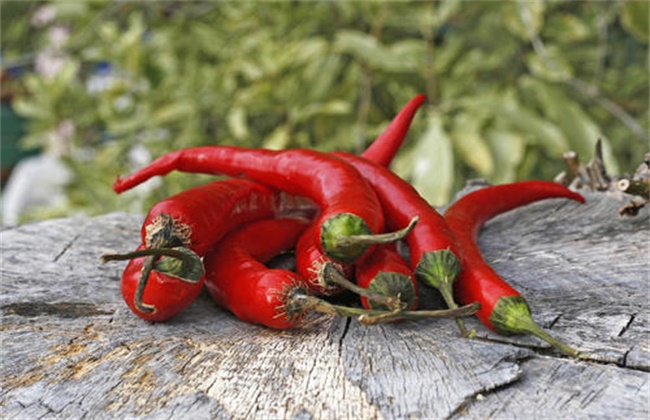Principles and key points of vegetable rotation
At present, continuous cropping obstacle has become an important problem in vegetable production, especially in greenhouse, where there is a single crop planting, it is difficult to avoid repeated cropping obstacles, affecting yield and quality. Therefore, rotation must be implemented in order to achieve high yield and high quality, but not all vegetables can be rotated. Let's take a look at the principles and key points of vegetable rotation with the editor.

Benefits of vegetable rotation
Because different vegetables absorb different nutrients and have different absorptive capacity, rotation can effectively and fully utilize soil nutrients, which can reduce fertilizer appetite, reduce soil pollution and ensure vegetable quality. In terms of diseases and insect pests, each kind of vegetables has its own special diseases and insect pests, if the same kind of vegetables are planted repeatedly, then this kind of diseases and insect pests will occur repeatedly. On the other hand, crop rotation will greatly reduce the possibility that diseases and insect pests will transfer or die if they cannot find a living host. In addition, it can also inhibit the growth of weeds, weeds and vegetables half-life, but also secrete harmful substances to pollute the soil, destroy the biological enzymes in the soil, and destroy the growth of vegetables. At the same time, vegetables will aggravate this harm, if the rotation is reasonable, then the number of weeds in the field will be greatly reduced.
II. Principle of vegetable rotation
1, the same family or similar vegetables can not be continuous cropping, this kind of vegetables generally diseases and insect pests can infect each other, and the nutrients needed for crop growth and development are also similar, which is disadvantageous to soil and crops. For example, our common eggplant fruits, melons, onions and garlic can not be continuous cropping.
2. Continuous cropping of vegetables with different root distribution or different depth can be carried out in order to balance nutrients in different soil layers. common deep-rooted vegetables have eggplant fruits, while shallow-rooted vegetables have leafy vegetables, so they can be intercropped with each other. can maintain the balance of soil nutrients.
3. When the secretions of different crops promote each other, continuous cropping can effectively control the accumulation of soil-borne bacteria, such as onion, ginger and garlic crops can secrete a bactericidal substance.
III. Key points of crop rotation
1. Different vegetable rotation
Vegetables of the same family will have the same diseases and insect pests. Rotation of vegetables of different families can make the bacteria lose their hosts or change the living environment, so as to achieve the purpose of reducing or eliminating diseases and insect pests.
2. Crop rotation with different nutrient uptake and root distribution.
Rotation is conducted according to the degree of soil nutrients absorbed by vegetables and the depth of root distribution, which can make full use of soil nutrients and reduce the cost of fertilizer.
3. Pay attention to the influence of soil pH and fertilizer.
After planting kale and potatoes, households increase the acidity of the soil, while planting corn and pumpkin reduces the acidity of the soil. On the other hand, the onion which is sensitive to acidity is used as the next crop of seedling and pumpkin, which can obtain higher yield.
The above is an introduction to the principles and key points of vegetable rotation. I hope it can help you. If you want to know more about it, please follow us.
Related
- Where is it suitable to grow horseradish in China? it is expected to see the middle altitude horseradish in Alishan.
- How to prevent tomato virus disease reasonably? (Control methods included)
- Many people like to plant towel gourd on the balcony. What are the main points of this method and management?
- What crops can chili peppers be mixed with?
- Fertilization techniques and matters needing attention in Tomato
- What are the grafting techniques for peach seedlings in spring?
- Harm and control methods of root swelling disease of Chinese cabbage
- What are the pests of sweet potatoes? How to prevent and cure it?
- Symptoms, causes and Control methods of navel Rot in Tomato
- The cause of "Cucumber rotten bibcock" in Farmers' planting Cucumber and its Control Plan



